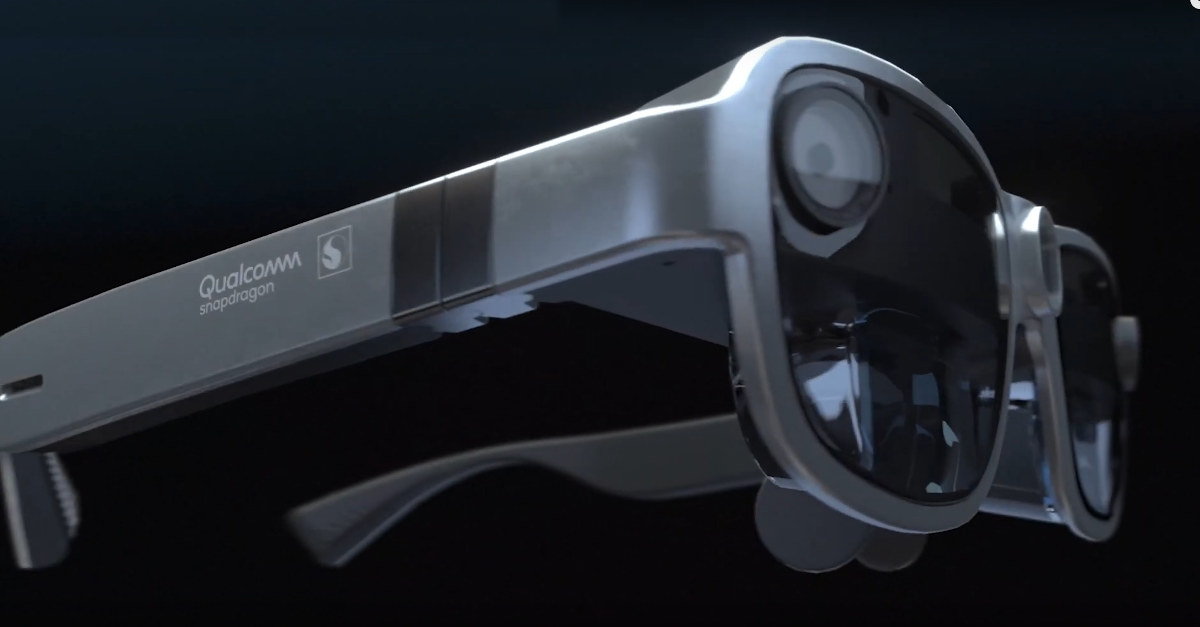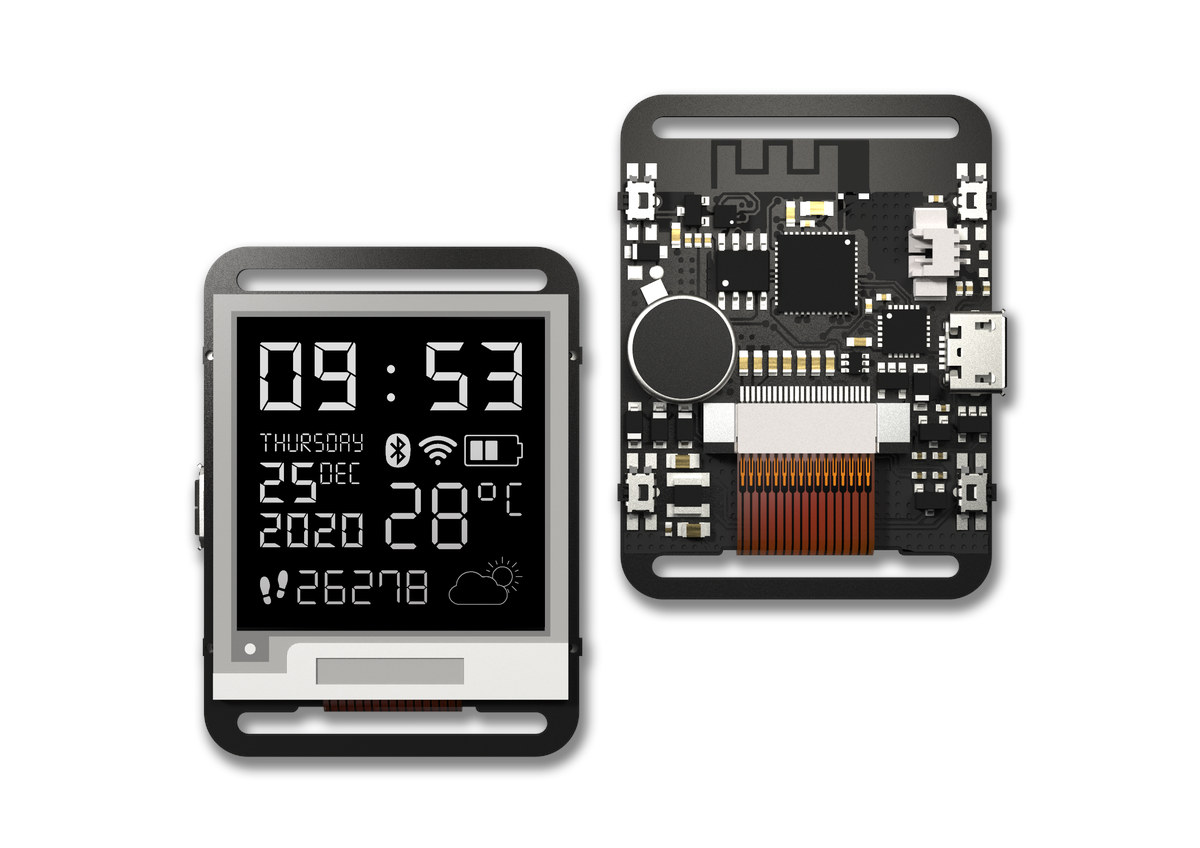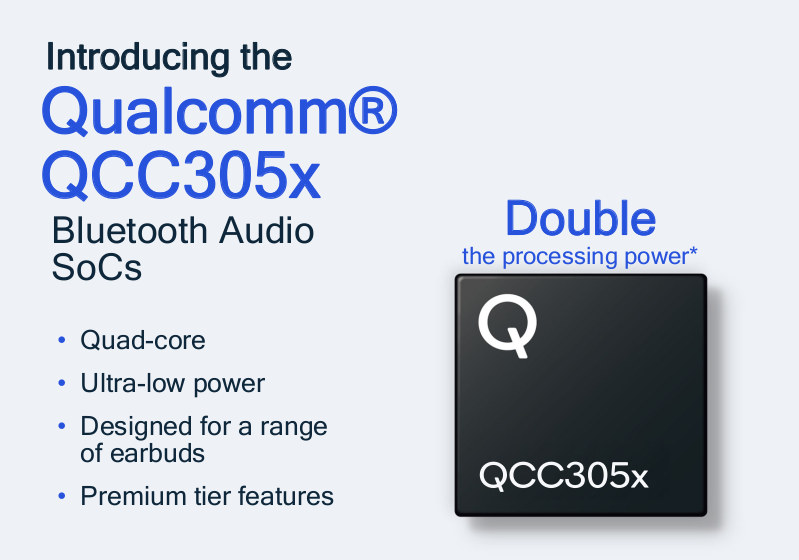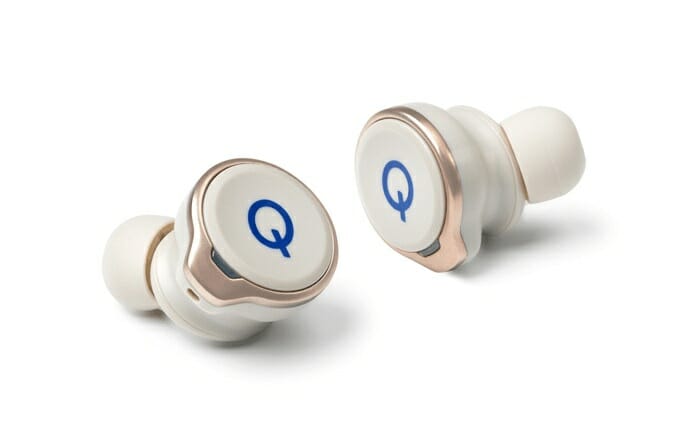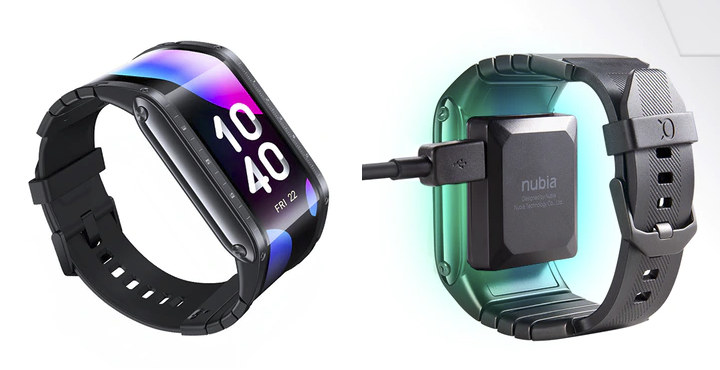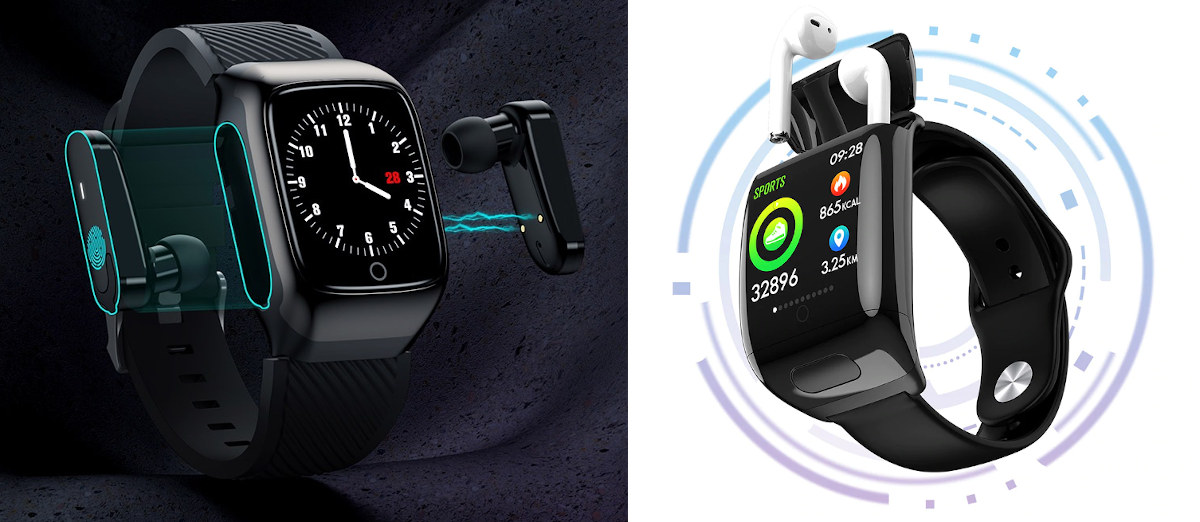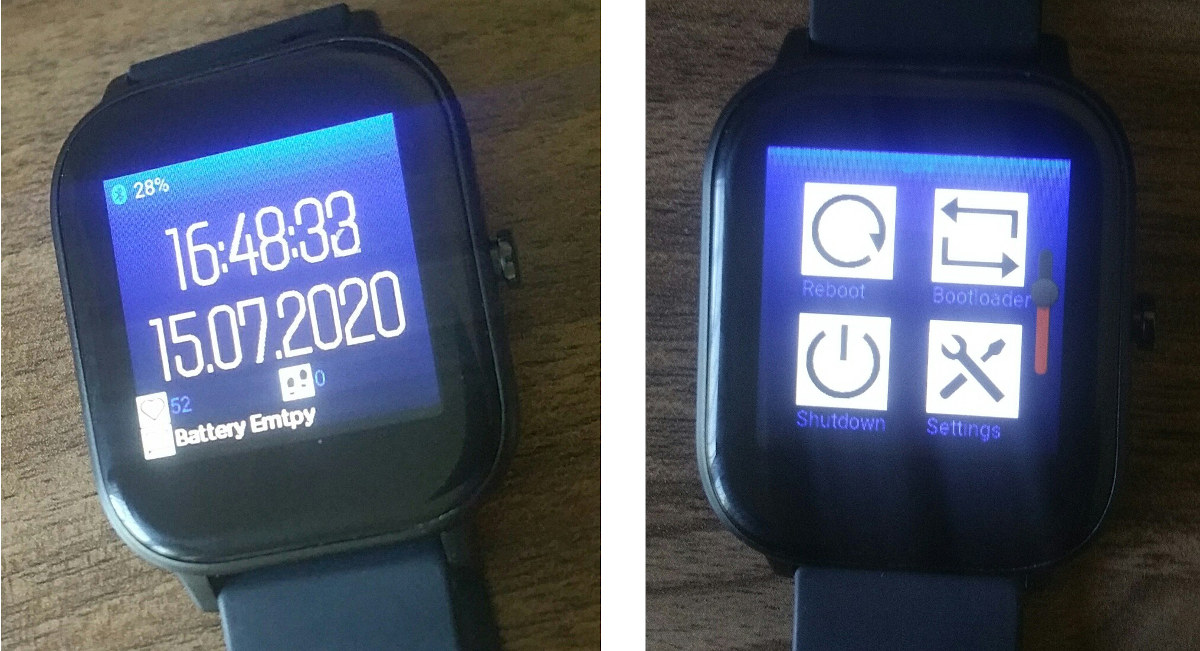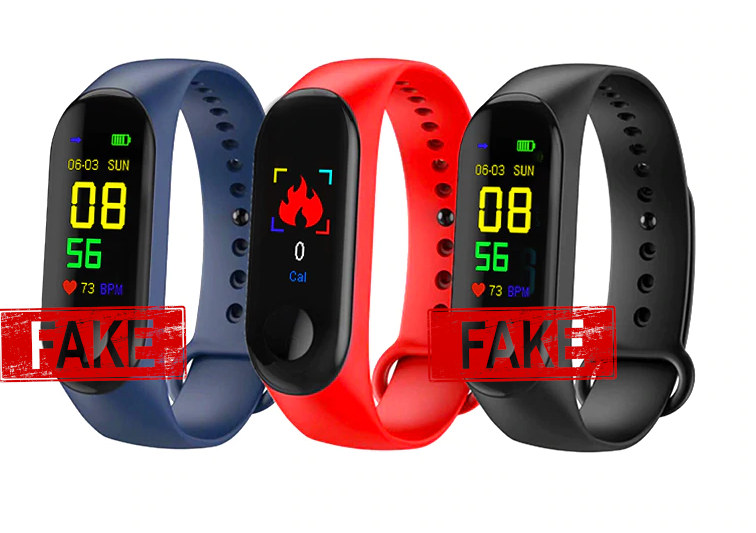Qualcomm introduced the Snapdragon XR2 5G VR Reference Design last year based on their latest Snapdragon XR2 virtual/extended reality processor. But the company never designed a reference design for the earlier Snapdragon XR1 that was found in Google Glass Enterprise Edition v2. Better late than never, as the company has now announced the Snapdragon XR1 AR smart viewer reference design. If you happen to be a human not part of Qualcomm’s marketing team, you may wonder what an “AR smart viewer” is. The team behind the terms “Mobile Platform” (i.e. SoC + some companion chips), “Visual subsystem” (i.e. GPU, ISP, and stuff), is now bringing the new “AR Smart viewer” term for what commoners like myself used to call “smart glasses”. The reference design can tether to a compatible smartphone, Windows PC, or processing puck and is said to work best with other Qualcomm Snapdragon platforms. Some of the highlights […]
Watchy Pebble-like Smartwatch with E-paper display, ESP32 processor launched on Crowd Supply
Pebble smartwatch was introduced in 2012 on Kickstarter. The Bluetooth smartwatch came with an E-Paper display, would connect to your Android smartphone or iPhone to receive notifications or other info, and the company also released an SDK for further customization. It was quite popular at the time having sold over one million units, the Pebble Time followed in 2015 with a color display, as well as other models. But despite selling millions of watches, the company folded in 2016, and the Pebble was discontinued after the intellectual property was purchased by Fitbit. Watchy is a new smartwatch that reminds me of the original pebble. It is based on ESP32 WiFi & Bluetooth SoC, equipped with a 1.54-inch E-Paper display with 200×200 resolution, and the usual accelerometer for activity tracking and gesture detection. Watchy key features and specifications: SIP – Espressif Systems ESP32-PICO-D4 system-in-package with ESP32 dual-core processor with Bluetooth LE […]
Qualcomm unveils QCC305x/QCC3056 TrueWireless, Bluetooth LE Audio-ready SoC for earbuds
Qualcomm has some SoC families specifically designed for Bluetooth headphones, headsets, & earbuds, and we very recently covered the cute Qualcomm QCC5141 Earbud reference design made to help manufacturers design and launch earbuds with support for TrueWireless Mirroring and Hybrid ANC. The company has now introduced another family with the QCC305x SoC series aiming to “bring premium True Wireless earbud features to a broad range of tiers” such as Qualcomm Adaptive Active Noise Cancellation (ANC) and wake word activated voice assistant, as well as support for the upcoming Bluetooth LE audio standard. The first and only member of QCC305x family at this time is QCC3056 with the following key features and specifications: CPU – 32-bit programmable application core clocked at up to 80 MHz DSP – 2x Qualcomm Kalimba DSP @ 120 MHz with 112kB program RAM, 448kB data RAM Storage – External flash Connectivity Bluetooth 5.2 qualified BR, EDR, […]
Qualcomm QCC5141 Earbud reference design supports TrueWireless Mirroring and Hybrid ANC
Qualcomm has recently unveiled an earbud reference design based on the company’s QCC5141 low-power premium-tier Bluetooth SoC that supports TrueWireless Mirroring and Hybrid Active Noise Cancellation (ANC). What are TrueWireless Mirroring and Hybrid ANC? Qualcomm TrueWireless Mirroring technology relies on only one earbud to maintain the Bluetooth connection with the smartphone, while the secondary bud mirrors the connected bud. If the connected earbud is removed, the secondary earbud assumes the connection with zero interruption. The technology enables both a better, more stable connection and lower power consumption Hybrid Active Noise Cancellation (ANC) is designed to provide high-quality immersive experiences and enable natural leak-through of noise to allow for awareness of surroundings. Qualcomm ANC is fully integrated into this QCC5141 chip to reduce the complexity, cost, and PCB space of adding ANC to earbuds and hearables. QCC5141 Earburd Reference Design Key features and specifications: WiSoC – Qualcomm QCC5141 single-chip Bluetooth SoC […]
Nubia Watch Comes with a 4-inch AMOLED Flexible Display (Crowdfunding)
We previously covered Nubia–α wearable “smartphone” in 2018. The device was basically a smartwatch with a long curved display, and at the time was at the prototype/design stage. There’s now a similar, but more refined Snapdragon Wear 2100 powered Nubia Watch with a 4.01-inch AMOLED flexible display that has recently launched on Kickstarter. It’s unclear whether it’s related to the older prototype, as the company claims to have conceptualized the watch in October 2019. Nubia Watch hardware specifications: SoC – Qualcomm Snapdragon Wear 2100 (8909Q) quad-core Cortex A7 processor with Adreno 304 GPU System Memory – 1GB RAM Storage – 8GB storage Display – 4.01-inch AMOLED flexible 2-point touchscreen display with 960 x 192 resolution covered with Schott glass Connectivity Bluetooth 4.1 GNSS – GPS, GLONASS, Beidou Sensors – Accelerometer & gyroscope, pressure sensor, heart-rate sensor, geomagnetic sensor Misc – Power button Battery – 425 mAh Lithium battery good for […]
Some Smartwatches and Fitness Trackers Double as Earbuds Holders
Wireless earbuds are nice, except I don’t really use the ones I have because they tend to fall off my ears as soon as I perform physical activities (e.g. running), and I often misplace them, so I may not have on hand when I need them. One thing I wear virtually 24 hours a day is my smartwatch/fitness tracker, namely Weloop Hey 3S (still going strong after over 2 years), so if there were some wearables that could also store earbuds that would be nice. While browsing new product arrivals this morning, I discovered there were several smartwatches that ships with Bluetooth earbuds that are stored inside the watch when not in use. ASLING S300 smartwatch (left of the above photo) ships with two Bluetooth 5.0 earbuds that are stored on the side of the watch, while ASLING G36 smart bracelet stores them through an opening on the top of […]
ATCwatch Arduino Firmware Works with PineTime, COLMI P8, “Da Fit” Smartwatches
Earlier this week, we wrote about fake heart rate sensors found in ultra-low-cost fitness trackers as reported by Aaron Christophel. It turns out he also maintains an open-source project specific to P8 watch, PineTime, and other smartwatches compatible with Da Fit Android app: ATCwatch Arduino firmware. The firmware provides a basic menu system, notifications, and the latest implementation enables direct HTTP or HTTPS GET requests to control IoT devices and get info from the Internet. The current firmware consumes about 150-200uA standby current, and last roughly 92 hours on a charge with heavy notification and usage. While it’s possible to connect an SWD St-Link V2 to flash the bootloader and firmware, it’s not necessary, as it’s possible to flash ATCwatch Arduino firmware without having to open the watch by using over-the-air update function with DaFlasherFiles for PineTime or P8 watch together with DaFlasher Android app. Once the update is done, […]
Beware of Fake Heart Rate Sensors in Low-Cost Fitness Trackers
Manufacturers always attempt to lower the BoM costs of their products to increase sales and boost profits. Most do it in an honest way, but some are either incompetent or deceptive as we’ve recently seen in an IR thermometer was the infrared unit was not connected to the mainboard. I’ve just been informed about another trick that’s been going on for a while. Some ultra-cheap fitness trackers come with fake heart rate sensors that are simply replaced by two LED’s to simulate the real thing. The trick was discovered last year by Aaron Christophel who purchased several fitness trackers believe to be based on Nordic Semi nRF52832 in order to as he wanted to use Arduino firmware with those. He managed to do so in several with IWOWNFIT I6HRC tracker being the best suited for the tasks. But he also found some bad apples in the lot with several trackers […]


